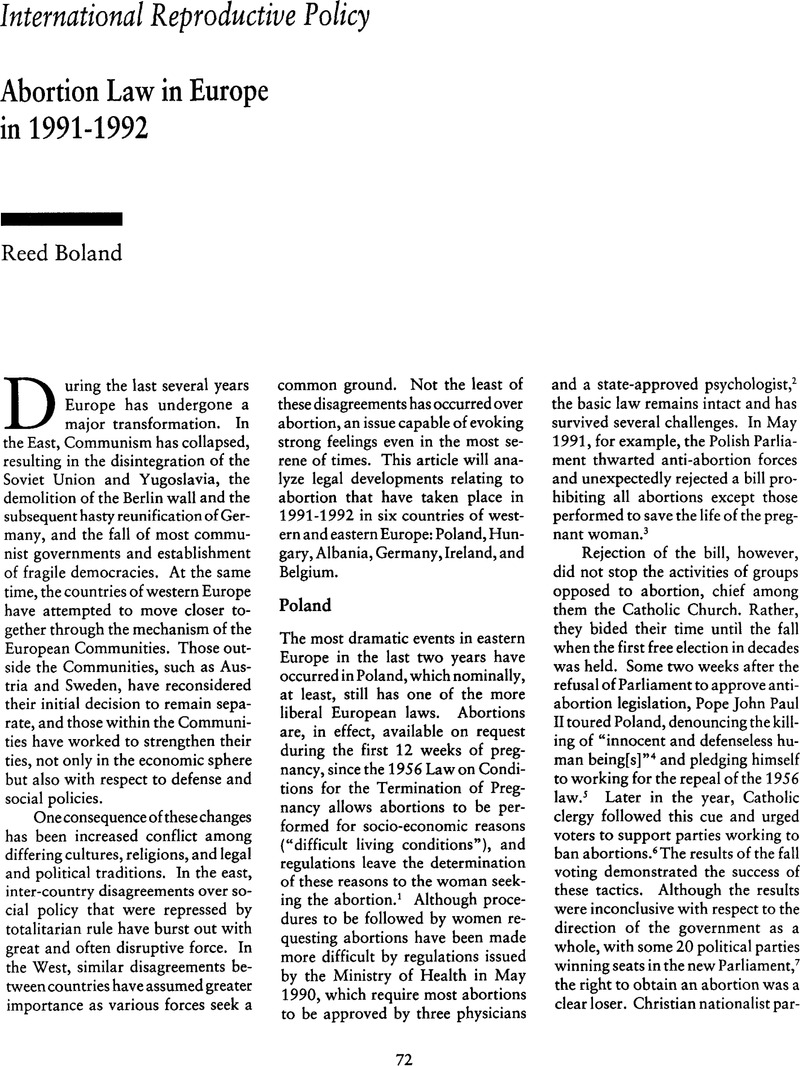Crossref Citations
This article has been cited by the following publications. This list is generated based on data provided by Crossref.
Feris, Loretta
2005.
Engendering Human Rights.
p.
81.
Asal, Victor
Brown, Mitchell
and
Figueroa, Renee Gibson
2008.
Structure, Empowerment and the Liberalization of Cross-National Abortion Rights.
Politics & Gender,
Vol. 4,
Issue. 2,
p.
265.



